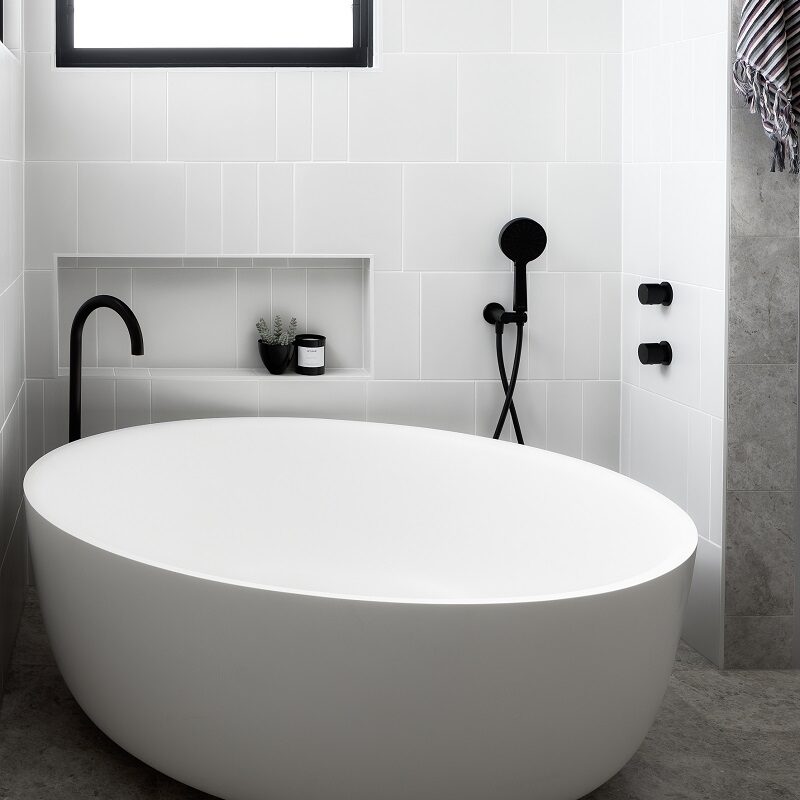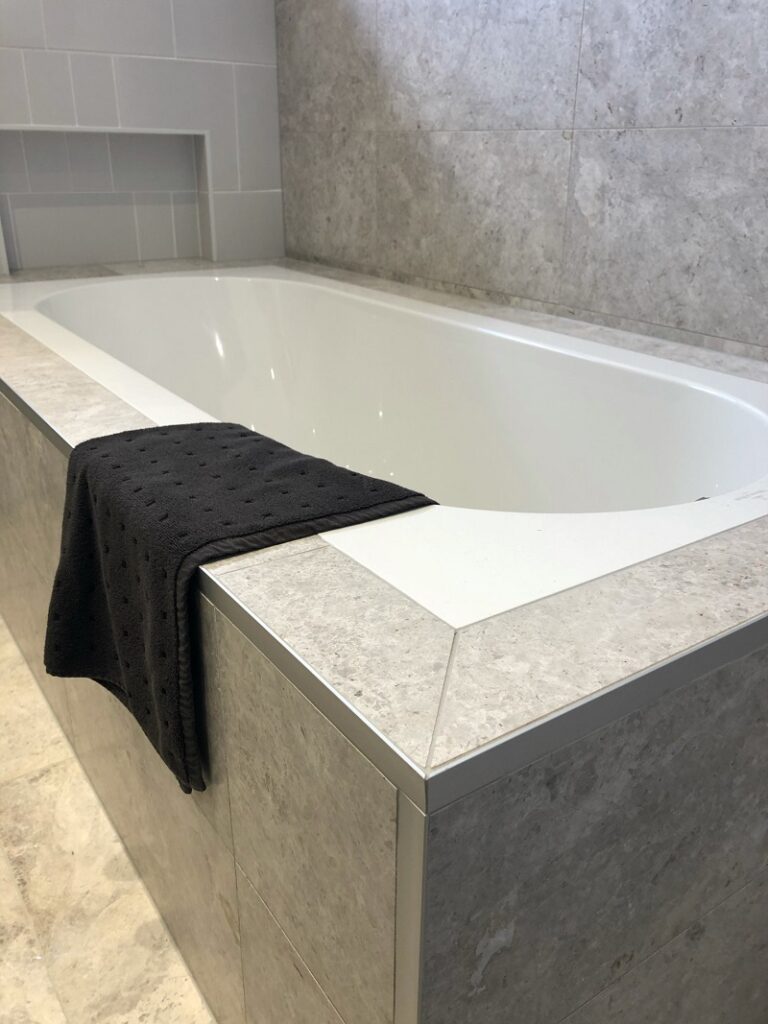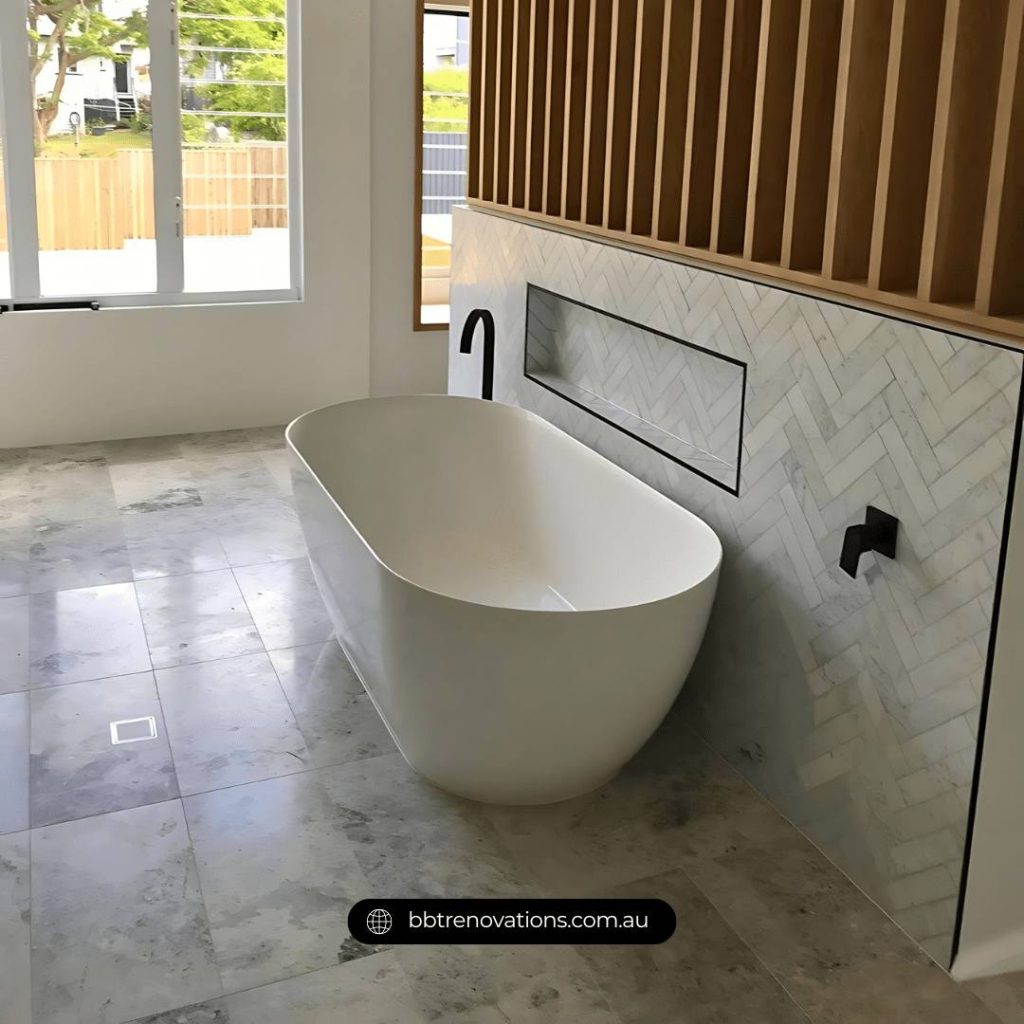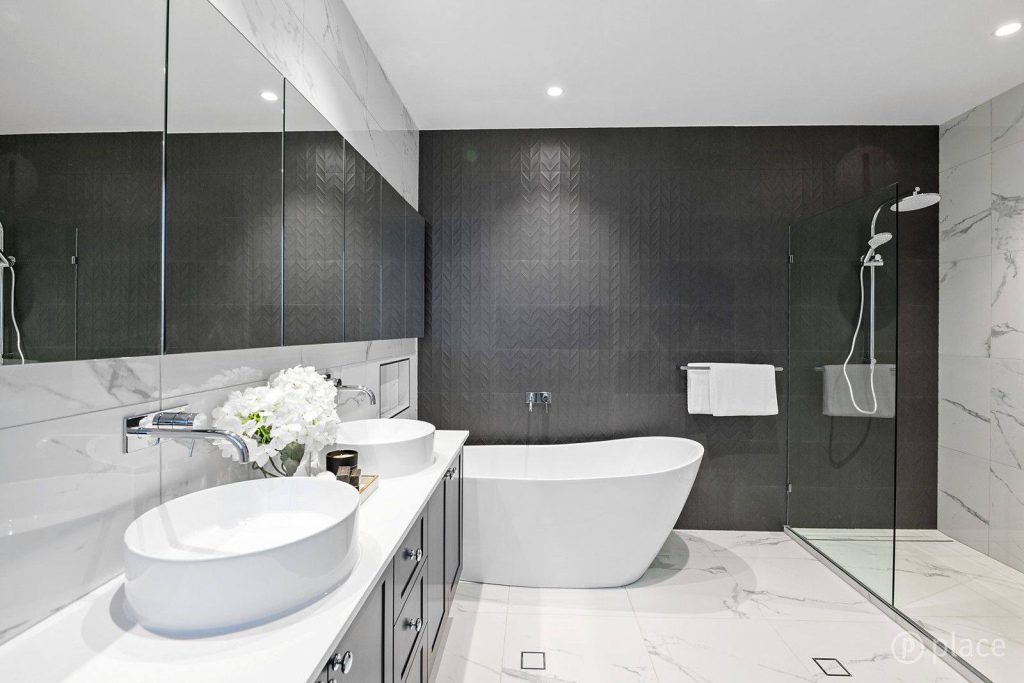Selecting a new bathtub can be a thrilling and enjoyable journey. Given the extensive range of choices available in the modern marketplace, it is entirely understandable to feel somewhat daunted at the outset. Nevertheless, there is no need to fret. You are embarking on the exciting path towards discovering the ideal addition that will enhance your bathroom.
Your ultimate bathtub choice is considerably shaped by essential factors such as your bathroom dimensions, budgetary constraints, and individual aesthetic preferences. Are you in search of a deep soak experience that promotes ultimate relaxation, or perhaps a quick splash option for efficiency?
Maybe you envision a lavish spa-like environment, or something that leans more towards practicality and functionality?
The selection of your bathtub can have a profound effect on your ability to unwind and rejuvenate after a long day. The right bathtub can metamorphose your bathroom into a tranquil oasis, offering an ideal retreat from the daily strains of life. Let’s delve into some prevalent bathtub types that will assist you in locating your perfect match.

Key Considerations for Selecting the Ideal Bathtub for Your Needs
Choosing the perfect bathtub can significantly enhance your overall bathroom experience. It is imperative to take into account a variety of factors, including materials, dimensions, styles, and the installation procedures to ensure a seamless fit for your unique space.
In-Depth Analysis of Bathtub Materials and Their Unique Advantages
Bathtubs are crafted from a diverse array of materials, each presenting unique benefits and attributes. Here are some commonly embraced options:
- Acrylic: This lightweight material is not only easy to care for but also excels in retaining heat, ensuring long, soothing baths.
- Cast iron: Renowned for its timeless aesthetic and remarkable durability, cast iron bathtubs can endure for decades with appropriate maintenance.
- Fibreglass: A cost-effective choice, this lightweight option is manageable, though it may not provide the same longevity as other materials.
- Stone: Celebrated for its opulent appearance and distinctive qualities, stone bathtubs typically come with a higher price tag.
Each material contributes a distinct appearance and tactile experience. Reflect on which qualities hold the most significance for you before making your selection.

Assessing Bathtub Sizes to Suit Your Unique Bathroom Space
Bathtubs are available in a multitude of sizes to accommodate various spaces and user requirements. When determining the appropriate size for your new bathtub, consider these critical factors:
- Dimensions of your bathroom – Evaluate how much space you have available for a bathtub.
- Height of potential users – Consider the height of those who will be using the bathtub.
- Desired space for comfort – Do you prefer some extra room to stretch out and relish your bath?
Standard bathtubs typically measure around 150 cm in length and 75 cm in width. However, there are options designed for both smaller and larger spaces. Ensure to accurately measure your available area prior to finalising your purchase to prevent any fitting complications.
Exploring the Diverse Styles and Shapes of Bathtubs
There exists a vast array of bathtub styles tailored to suit different tastes and aesthetics. Here are some notable selections:
- Freestanding: This independent design often adds an air of elegance and sophistication to any bathroom.
- Alcove: Specifically designed to fit snugly between three walls, making them ideal for compact areas.
- Corner: These bathtubs are engineered to fit seamlessly into a corner, maximising space efficiency.
- Drop-in: These tubs are set within a frame or deck, providing a sleek and seamless appearance.
The shape of your bathtub can significantly influence the overall aesthetic and user experience of your bathroom. Oval tubs offer enhanced comfort, while square designs can impart a modern and minimalist vibe. Contemplate what best aligns with your bathroom's overarching style and décor.

Evaluating Various Installation Options for Your Bathtub
The method of installation you select for your bathtub is vital, as it can significantly impact both the overall cost and the complexity of the installation process. Here are some common installation types:
- Built-in: Designed to fit within a designated space in your bathroom for a seamless appearance.
- Freestanding: This type requires no additional support, allowing for versatile placement throughout the space.
- Walk-in: Equipped with a door for easy access, making it ideal for individuals with mobility challenges or disabilities.
Consider the needs of those who will be using the bathtub and the level of installation effort you are willing to undertake. Certain models are simpler to install than others, and in some instances, you may require professional assistance to guarantee proper installation.
Vital Factors to Consider Beyond Basic Bathtub Features
When it comes to selecting the right bathtub, there is a great deal more to contemplate than merely size and type. Aspects such as comfort, style, and maintenance requirements play crucial roles in your overall decision-making journey. Let’s delve deeper into some key factors that warrant your consideration.
Enhancing Bathroom Comfort with Thoughtful Features and Innovations
Comfort is a fundamental aspect that can greatly elevate your bathing experience. Seek bathtubs that incorporate ergonomic designs providing necessary support for your body. Certain models are equipped with built-in headrests or armrests that can significantly enhance your relaxation experience while soaking.
Moreover, textured surfaces can improve safety by reducing the risk of slips during bathing. Many bathtubs now come with massage jets that deliver a spa-like experience, assisting in alleviating muscle tension and promoting improved circulation throughout your body.
Temperature control represents another significant comfort feature worth contemplating. High-end bathtubs may include integrated heating systems that maintain your water temperature for extended periods, allowing you to indulge in a longer, more luxurious soak without the inconvenience of refilling with hot water.
Selecting the Ideal Colour and Design for Your Bathtub
Your bathtub can serve as a striking focal point within your bathroom. While classic white remains a timeless choice that complements most décors, do not hesitate to explore alternative colours. Soft shades of grey, beige, or even bold tones can infuse personality and charm into your space.
When making your selection, consider the overall aesthetic of your bathroom. A sleek, modern bathtub may clash with a traditional setting. Freestanding tubs frequently act as captivating centrepieces, while built-in options can seamlessly integrate with your bathroom's overall design.
Your choice of material is also crucial, as it significantly influences both the visual appeal and tactile experience of your bathtub. Glossy acrylic tubs are popular for their ease of maintenance, while stone or concrete tubs provide a unique, luxurious aesthetic. Furthermore, metal tubs, particularly those crafted from copper, can introduce a vintage charm to your bathroom.
Streamlined Maintenance and Effective Cleaning of Your Bathtub
Selecting a bathtub that is easy to maintain can simplify your daily routine and save valuable time. Various materials exhibit different levels of resistance to stains and scratches. Acrylic and fibreglass tubs are renowned for their low-maintenance characteristics, requiring only simple wipe-downs to stay clean and in excellent condition.
While cast iron tubs with enamel coatings are robust, they can be prone to chipping. Should this occur, it is crucial to address any damage promptly to prevent rust formation. Natural stone tubs may necessitate periodic sealing to safeguard against stains and enhance their longevity.
Additionally, consider the shape of your bathtub in relation to cleaning practicality. Tubs with intricate corners or textured surfaces can present challenges during cleaning. Conversely, smooth and simple designs are often easier to maintain. Some modern models even feature self-cleaning capabilities, offering significant time-saving advantages.
Connect with Brisbane’s Leading Bathroom Renovation Experts
If you are ready to discover your perfect bathtub or if you have any queries regarding your forthcoming bathroom renovation project, please feel free to get in touch with us today.
Thorough Responses to Commonly Asked Questions Regarding Bathtubs
Choosing the appropriate bathtub necessitates careful contemplation of various aspects such as size, material, and design. The following frequently asked questions can serve as a practical resource during your decision-making journey.
How Can I Accurately Assess the Size of My New Bathtub?
Measuring your bathroom space correctly is imperative. Consider who will utilise the bathtub and in what manner. A standard bathtub generally measures roughly 1.5 metres in length, yet there is an array of options available that cater to both shorter and longer preferences. Always verify your doorways and hallways to ensure that the bathtub can be manoeuvred through them without any complications.

What Are the Significant Benefits of Opting for a Porcelain Bathtub Over a Plastic Alternative?
Porcelain bathtubs provide exceptional durability and resistance to scratches, ensuring they maintain heat for extended periods while delivering a robust and luxurious experience. Conversely, plastic tubs are lighter and generally more economical. They are easier to install and are available in a broader range of shapes and designs. Ultimately, your choice will depend on your budget and specific requirements.
Which Bathtub Material is Most Appropriate for My Renovation?
Acrylic is a popular choice for renovations due to its lightweight nature, warmth to the touch, and uncomplicated cleaning process. If you desire a classic aesthetic and are not overly concerned about weight, cast iron could be an excellent alternative. Fibreglass serves as a cost-effective option, although it may not be as durable. Reflect on your aesthetic inclinations, budget, and the desired lifespan of the bathtub when making your decision.
What Bathtub Material Should I Choose If My Home Has Hard Water?
If hard water is prevalent in your household, it is advisable to choose non-porous materials such as acrylic and porcelain, as they resist stains and are easier to clean. Avoid materials like copper or natural stone, which may react unfavourably with hard water and become stained over time.
Acrylic vs Fibreglass Tubs: Which Option Should I Consider?
Acrylic tubs are typically more durable and excel at retaining heat longer than their fibreglass counterparts. They also resist scratches and chips more effectively. Conversely, fibreglass tubs are lighter and often more budget-friendly, making them an attractive option for those prioritising affordability. If durability and longevity are paramount, investing in an acrylic tub might be a prudent choice.
What Essential Information Should I Be Aware of Regarding Alcove Bathtubs Prior to Purchase?
Alcove bathtubs are specifically engineered to fit snugly between three walls, making them an excellent selection for compact bathrooms. They typically offer easier installation compared to freestanding models. Ensure to measure your available space accurately. Additionally, contemplate whether you desire a shower-tub combination and confirm whether you require a left-hand or right-hand drain for proper installation.
What sort of bathtub should I choose? A quick guide to finding your perfect soak
The Article: Choosing the Right Bathtub: A Quick Guide to Your Perfect Soak first appeared on https://writebuff.com
The Article Bathtub Buying Guide: Find Your Perfect Soak Today Was Found On https://limitsofstrategy.com

